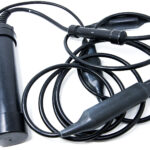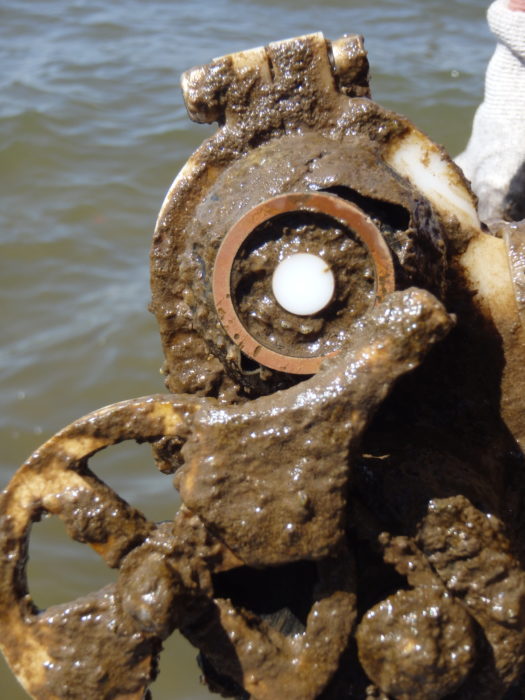
Under Ice Phenomenon Studied with the Help of miniDOT® Loggers
October 27, 2021
Finding Freedom from Fouling: Adding Wiper Technology to the T-Chain
January 15, 2023Project Oyster Case Study
Project Details
- PRODUCT(S): miniWIPER for miniDOT, miniWIPER for miniPAR Logger
- APPLICATION: Coastal / Ocean
- PARAMETER: Dissolved Oxygen, PAR, Temperature
- LOCATION: Perdido Bay, Pensacola Bay
- ORGANIZATION: Center for Environmental Diagnostics and Bioremediation University of West Florida
- RECOGNITION: Emily Hotinger, Jane M. Caffrey

Case Study Description
Oysters play an important role in maintaining balance in aquatic environments. Due to their method of ingesting food by filtering water around them, they act as living purifiers. In fact, they thrive on excess nutrients and algae that may be harmful to other organisms. This property makes them a viable natural solution to managing waterways affected by phytoplankton blooms caused by anthropogenic nutrient pollution. Emily Hotinger saw the need to conduct a study to investigate if there were any new environments in the Perdido and Pensacola Bay systems that could support oysters to help naturally improve water quality in the bay systems.
Finding the Right Habitat
Like all organisms, oysters require the right conditions to survive. Though they can tolerate wide ranges of temperatures, oysters are sensitive to variables such as salinity and dissolved oxygen. Photosynthesis (PAR) of plants and algae in the water are responsible for much of the water’s dissolved oxygen and are crucial to the survival of oysters.
Emily and her team deployed young oysters all throughout the Perdido and Pensacola Bay systems in areas that had been deemed viable candidate locations based on previous observations. These observations included presence of wild oysters, ideal shoreline conditions and livable salinity levels. The most successful sites would later be reexamined with more sensitive equipment so the research team could reach a better understanding of exactly why the oysters thrived in these specific environments.

